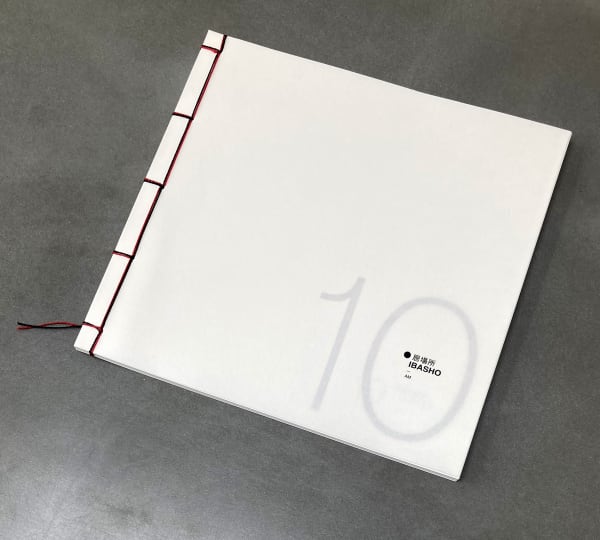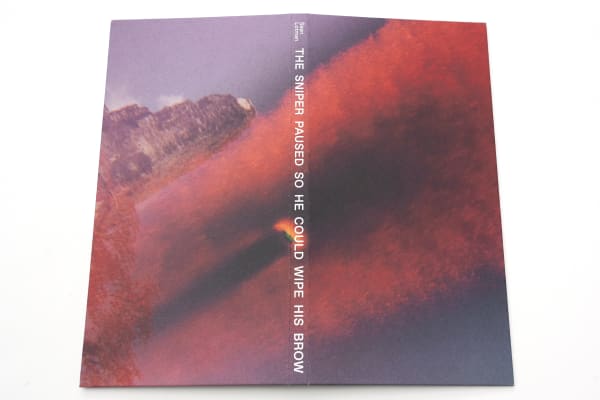-

Looking Back: 10 Years of IBASHO
Exhibition catalogue various artist, 2025softcoverRead more
Publisher: IBASHO
Dimensions: 230 x 240 mm -

THE SNIPER PAUSED SO HE COULD WIPE HIS BROW - Sean Lotman
red cover Lotman, Sean, 2021hard cover, 96 pagesRead more
Publisher: IBASHO & the (M) éditions
Dimensions: 150 x 300 mm -

THE SNIPER PAUSED SO HE COULD WIPE HIS BROW - Sean Lotman
yellow cover Lotman, Sean, 2021hard cover, 96 pagesRead more
Publisher: IBASHO & the(M) éditions
Dimensions: 150 x 300 mm -

THE SNIPER PAUSED SO HE COULD WIPE HIS BROW - Sean Lotman
Special Edition with print - yellow cover Lotman, Sean, 2021hard cover in slipcase with print #2, 96 pagesRead more
Publisher: IBASHO & the (M) éditions
Dimensions: 150 x 300 mm

